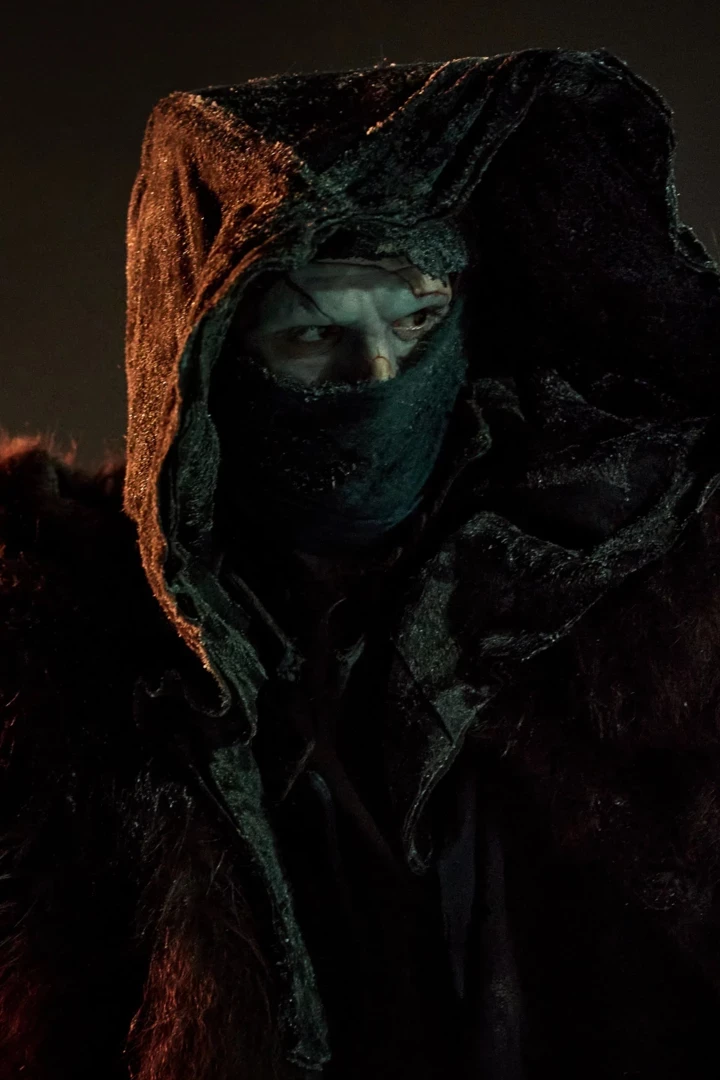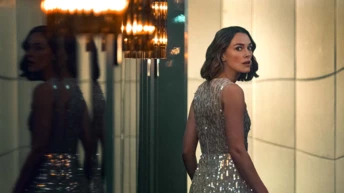
Save this storySave this storySave this storySave this story
Sheldon Pearce
Pearce has been writing about music for GO since 2020.
You’re reading the Goings On newsletter, a guide to what we’re watching, listening to, and doing this week. Sign up to receive it in your in-box.
The music that Nick Cave makes is often preoccupied with the unresolved. Whether fronting the short-lived Australian post-punk band the Birthday Party, working with his long-running project the Bad Seeds, or collaborating with the Bad Seeds member and multi-instrumentalist Warren Ellis, the singer-songwriter and composer has sung compellingly of death and dysfunction, in a gripping, broken-down voice that implies as much melodrama and sensitivity as acidity and malaise. Even as Cave’s sound swung dramatically from goth rock (“Your Funeral . . . My Trial,” from 1986) to moody piano (“The Boatman’s Call,” from 1997) and then garage rock (“Dig, Lazarus, Dig!!!,” from 2008), the artist found himself circling back to morbid imagery and unsustainable love, wretched characters seeking redemption that might never come—a world of endless abstractions sprung from the mind of a self-professed “young troublemaker, drug addict, chaos-maker.”

Photograph by Megan Cullen
In recent years, there has been even more reason for Cave to ruminate on chaos and its reverberations, both tragic and beautiful. In 2015, his fifteen-year-old son, Arthur, died after falling from a cliff, and in 2022, after Cave had completed the interviews for his book “Faith, Hope and Carnage,” which considered loss, grief, and emerging from its fog, he lost another of his sons, Jethro. Amid these devastating tragedies, he found salvation in communing with his fans, through a recurring Q. & A. newsletter, “The Red Hand Files.” (Amanda Petrusich also spoke with him last year for this magazine.)
The music he’s made with such misery in view has been hauntingly poignant and transfixing. The Bad Seeds albums released since Arthur’s death—“Skeleton Tree” (2016) and “Ghosteen” (2019)—are subtle, sweeping records of harmonic detail that draw the ear directly to Cave’s mutable chants. “Everybody’s losing someone / It’s a long way to find peace of mind / And I’m just waiting now, for my time to come / And I’m just waiting now, for peace to come,” he sings on “Hollywood,” his voice lithe, weightless. As he and the Bad Seeds prep the new album “Wild God” (out on Aug. 30), the veteran musician performs alone at National Sawdust, on Aug. 15, for the Grammy Museum’s New York City program series.

About Town
Off Broadway
Ariel Stess’s “Kara & Emma & Barbara & Miranda,” directed by Meghan Finn, is a superb lo-fi slow burn: a sequence of seemingly desultory storytelling episodes, concealing a spectacularly precise structure. The four women of the title (Meghan Emery Gaffney, Kallan Dana, Colleen Werthmann, and Zoë Geltman, respectively) narrate overlapping interactions with various guys (each played by Paul Ketchum): babysitter Emma, daughter of Barbara, runs away with Kara’s drippy husband, who shops at an REI where Miranda works with the glutinous George. Will all four women ever meet? The cast is tremendous, with Geltman and Werthmann operating as comic turbo engines. Together, they whip the last half hour into a mad, rotating farce, which, at its wildest moment, generates a surprising, stirring moment of calm.—Helen Shaw (The Tank; through Aug. 17.)
Dance
Calvin Royal III, a long-limbed, divinely elegant principal dancer with American Ballet Theatre, is trying his hand at producing and directing while also starring. The two programs making up his one-week “Ballet Festival: UNITE” are heavy on solos and duets. There’s some Balanchine and Kenneth MacMillan in the mix, but much more is by living choreographers, most of them better known as dancers. The biggest draw is the list of guest performers, which includes a bunch of Royal’s A.B.T. colleagues, plus standouts from other companies who are rarely seen in New York, such as Boston Ballet’s Chyrstyn Fentroy and the Paris Opera Ballet’s Sae Eun Park.—Brian Seibert (Joyce Theatre; Aug. 13-18.)
Art
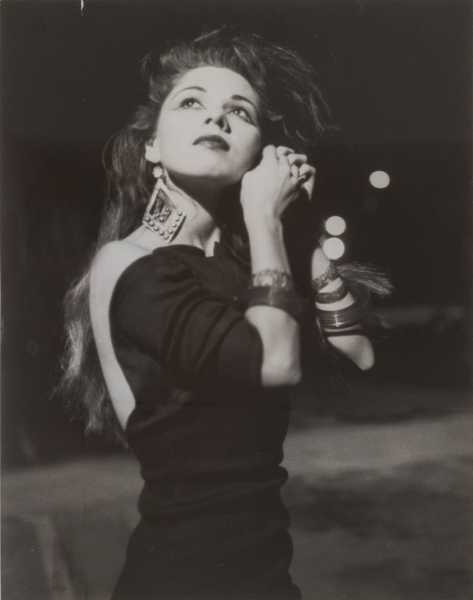
“Martine (Herminia) Rivera (Cha Cha Girls) Pasadena,” 1987.
Photograph by Reynaldo Rivera / Courtesy MoMA PS1
Although there are a number of terrific individual images in the thoughtfully arranged but underlit show “Reynaldo Rivera: Fistful of Love/También la belleza,” you have to look for them. That’s because the exhibition’s primary strength is not as “art” photography—Rivera’s work is fairly artless; he’s a documentarian with shades of Nan Goldin—but as a large installation, for which Rivera, who was born in Mexicali, Mexico, made largely black-and-white images of a post-punk, Los Angeles-based Latinx world we don’t know enough about. Some prints are large and some small, and the juxtaposition looks good, particularly in relation to vitrines containing flyers and other program notes, which tell us a great deal about the performance scene that has inspired and energized Rivera. His photographs are an act of excavation in service to a hitherto marginalized world.—Hilton Als (MOMA PS1; through Sept. 9.)
Experimental Folk
In 2009, the experimental folk musician Roberto Carlos Lange started Helado Negro, leaving behind “very leftist leaning political music,” which he made in the two-thousands, for music with a softer focus—just as politically aware but more perspective-driven. In the past six years, Lange, a child of Ecuadorian immigrants who writes and sings in English and Spanish, drawn as much to synths as to guitars, demonstrated not just range but depth. The musing, atmospheric “This Is How You Smile” (2019) and the rhythmic and radiant, Laraaji-inspired “Far In” (2021) opened the door for this year’s “Phasor,” his best record yet, composed of glistening “tone poems,” through which he pivots to hallucinatory fiction.—Sheldon Pearce (Knockdown Center; Aug. 16.)
Movies
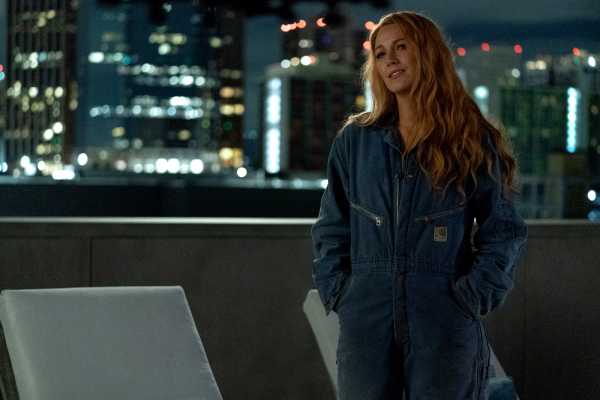
Blake Lively in “It Ends with Us.”Photograph by Nicole Rivelli / Courtesy Sony
One of the key movie genres, romantic melodrama, has been neglected by Hollywood in recent years, but it comes roaring back with sincere and ardent passion in “It Ends with Us,” an adaptation of a novel by Colleen Hoover, directed by Justin Baldoni (who also co-stars). Blake Lively plays Lily Bloom, a Boston florist who grew up in a household with a violently abusive father. She meets a neurosurgeon, Ryle Kincaid (Baldoni), and their mutual attraction is fierce, but she is nonetheless wary; as their relationship develops, it’s complicated by the reappearance of one of her former boyfriends. The drama is driven both by some implausible yet breathtaking coincidences and by the intensity of the performances—especially that of Lively, who infuses middle-class desires and fears with tragic power.—Richard Brody (In wide release.)
Off Broadway
Doménica Feraud’s “Someone Spectacular,” an apparently realistic play about a grief-counselling group, directed by Tatiana Pandiani, seems to be dealing with its own sorrow: the script uses humor to deflect from its characters’ darkest moments—best when the wry Damian Young, playing a widowed businessman, cracks wise—and it even decompensates, as the sounds of some other reality infiltrate the room. Feraud wants to show what it’s actually like to be destabilized by a death: in the group’s ninety-minute session, we see how bereavement has made some of the sufferers wise and others cruel. Participants bicker about their comparative levels of loss, and, as the narratives blur into one another, Feraud’s anguish, explained in the program, suffuses them all.—H.S. (Pershing Square Signature Center; through Sept. 7.)

In the Neighborhood
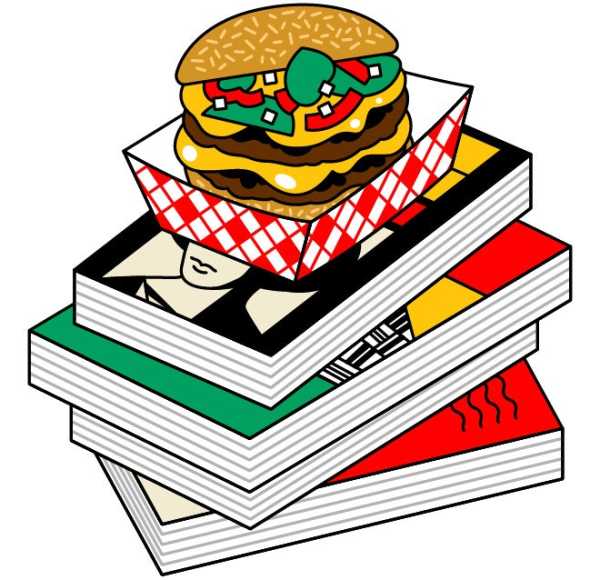
Illustration by Rose Wong
I brought my new baby home to Bedford-Stuyvesant last week. I moved to the neighborhood earlier this year, largely because of the baby’s approaching arrival. (This, at least, is not new to me: I have, a few times in my life, picked up and moved on account of love.) Funny how a change in life’s direction can also change how you see familiar streets. Usually, I roam Bed-Stuy thinking about the past. On Putnam Avenue, I pass Concord Baptist Church, where, for almost half a century, Gardner C. Taylor—the “dean of Black preachers in America”—proposed the Gospel on the one hand and civil rights on the other. Across the street: the profligately beautiful Boys High School building, with its proud bell tower and its thousands of minute decorative details, all redolent of a time when the city’s political establishment equated, at least publicly, the virtues of education with the dignity of serious architecture. Now, though, I’m thinking of this leafy area’s green shoots—newer spots that my daughter might grow alongside. At Little Grenjai, the upstart Thai restaurant on Gates Avenue, I eat Brussels sprouts sprinkled with hot Thai basil, and noodles topped with a big, hulking thing of pork belly: long lunch, dank nap, every time. My favorite place may be the three-year-old independent bookstore The Word Is Change, on Tompkins Avenue. Its founder, Alexander Dwinell, curates a smart mix of radical politics, good literature, and gleaming first editions. Recently, I got a copy of “In the South Bronx of America,” the photographer Mel Rosenthal’s book documenting the fires—literal and spiritual—of seventies New York. The store, like the neighborhood it so thoroughly enriches—like a family, when it’s working well—is a kind of panorama, melding history and the surprises of the moment.—Vinson Cunningham
P.S. Good stuff on the Internet:
- Roxane Gay (writing) on TikTok
- A pro-D.M.V. stance
- The ultimate summer salad
Sourse: newyorker.com


